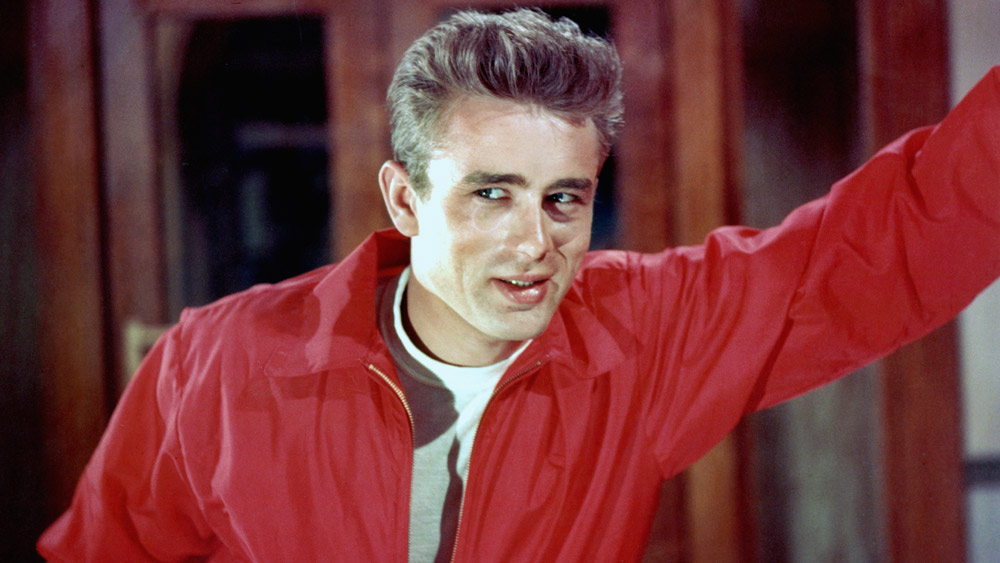
Oct 8
The Evolution of Celebrity Nudity in Film: A Historical Perspective
READ TIME: 5 MIN.
The portrayal of nudity in film has undergone significant transformation over the decades. From its controversial beginnings to its current acceptance as an artistic and narrative device, the depiction of celebrity nudity in cinema reflects broader cultural, social, and technological changes. This historical perspective explores the evolution of celebrity nudity in film, highlighting key moments and trends that have shaped its role in the industry.
1. Early Cinema and the Birth of Nudity on Screen
In the early 20th century, cinema was a burgeoning art form, and nudity on screen was a rare and controversial occurrence. One of the earliest instances of nudity in film was in the 1915 silent movie "Hypocrites," where actress Margaret Edwards portrayed the allegorical figure of Truth. Despite its artistic intent, the film faced censorship and public outcry. This period marked the beginning of a long-standing tension between artistic expression and societal norms.
2. The Pre-Code Era: A Time of Experimentation
The pre-Code era, roughly from 1929 to 1934, was a time of relative freedom in Hollywood before the strict enforcement of the Hays Code. Films like "Baby Face" (1933) and "Red-Headed Woman" (1932) featured more daring content, including nudity and sexual innuendo. Actresses like Mae West pushed boundaries with their provocative performances. However, this era was short-lived as increasing pressure from religious and moral groups led to the enforcement of the Production Code, which imposed strict guidelines on film content.
3. The Golden Age of Hollywood: Strict Censorship
The enforcement of the Hays Code in 1934 brought about a period of strict censorship in Hollywood. The code prohibited explicit nudity and mandated that films uphold certain moral standards. This period, known as the Golden Age of Hollywood, saw filmmakers employing creative ways to suggest nudity and sensuality without showing it explicitly. For instance, the famous scene of Janet Leigh in "Psycho" (1960) uses clever camera angles and editing to imply nudity without violating the code.
4. The 1960s: Breaking Free from Censorship
The 1960s were a decade of significant social and cultural upheaval, and the film industry was not immune to these changes. The decline of the Hays Code and the rise of the MPAA rating system in 1968 allowed filmmakers more freedom to explore controversial topics, including nudity. Films like "Blow-Up" (1966) and "Barbarella" (1968) pushed the envelope with their explicit content. This period also saw the rise of European cinema, where nudity was more commonly accepted as part of storytelling.
5. The 1970s: The Era of Sexual Liberation
The 1970s are often regarded as the era of sexual liberation in cinema. With the relaxation of censorship laws, filmmakers began to explore themes of sexuality and freedom more openly. Movies like "Last Tango in Paris" (1972) and "Emmanuelle" (1974) featured explicit nude scenes that challenged previous norms. This decade also saw the rise of the exploitation genre, where nudity was often used to attract audiences. The changing cultural landscape allowed for more diverse and bold representations of nudity in film.
6. The 1980s: Commercialization and the Male Gaze
In the 1980s, the commercialization of nudity in film became more apparent. The advent of home video and cable television created new platforms for movies with explicit content. This decade saw an increase in teen comedies and horror films that used nudity to appeal to younger audiences. Films like "Fast Times at Ridgemont High" (1982) and "Porky's" (1981) became iconic for their memorable nude scenes. However, this period also drew criticism for its often objectifying portrayal of women, reinforcing the concept of the male gaze.
7. The 1990s: Shifting Perspectives and Artistic Nudity
The 1990s brought a more nuanced approach to nudity in film. While commercial exploitation persisted, there was also a growing recognition of nudity as an artistic and narrative tool. Films like "The Piano" (1993) and "American Beauty" (1999) used nudity to explore complex themes and character development. This decade also saw a rise in independent cinema, where filmmakers had more freedom to experiment with content. The portrayal of nudity became more diverse, reflecting broader changes in societal attitudes towards sex and the body.
8. The 2000s: Technology and the Digital Age
The digital age brought significant changes to the film industry, including how nudity was depicted and consumed. The rise of the internet and digital media platforms made it easier to access and share explicit content. This period saw a blending of mainstream and adult entertainment, with websites and streaming services offering uncensored versions of films. Movies like "Black Swan" (2010) and "Shame" (2011) received critical acclaim for their bold and unflinching portrayals of nudity. Technology also allowed for more realistic and seamless visual effects, enhancing the depiction of the human body on screen.
9. Contemporary Cinema: Diversity and Inclusivity
In recent years, there has been a push towards greater diversity and inclusivity in the portrayal of nudity in film. Contemporary cinema increasingly features a wider range of body types, genders, and sexual orientations. Films like "Call Me by Your Name" (2017) and "Portrait of a Lady on Fire" (2019) have been praised for their sensitive and authentic depictions of intimacy and nudity. There is also a growing emphasis on consent and respect for actors' boundaries, with many productions employing intimacy coordinators to ensure a safe and respectful working environment.
10. The Future of Nudity in Film
Looking ahead, the portrayal of nudity in film is likely to continue evolving in response to changing cultural and technological landscapes. Virtual reality and augmented reality offer new possibilities for immersive and interactive experiences. At the same time, ongoing discussions about representation, consent, and ethics will shape how nudity is depicted and perceived. The future of nudity in film will likely reflect a balance between artistic expression, technological innovation, and social responsibility.
For those interested in exploring the history and current trends in celebrity nudity in film, Mr. Skin offers a comprehensive database of nude scenes from movies and television. The site provides detailed reviews, celebrity profiles, and curated lists, making it a valuable resource for fans and researchers alike. Whether you're looking for iconic moments or the latest releases, Mr. Skin offers an extensive collection of content to explore. See more about their offerings and discover the fascinating world of on-screen nudity through their platform.
In conclusion, the evolution of celebrity nudity in film is a testament to the dynamic interplay between art, culture, and technology. From the early days of controversy to the current era of diversity and inclusivity, the depiction of nudity has reflected broader societal changes and challenged traditional norms. By understanding this historical perspective, we gain a deeper appreciation for the role of nudity in cinema and its impact on our collective imagination.







